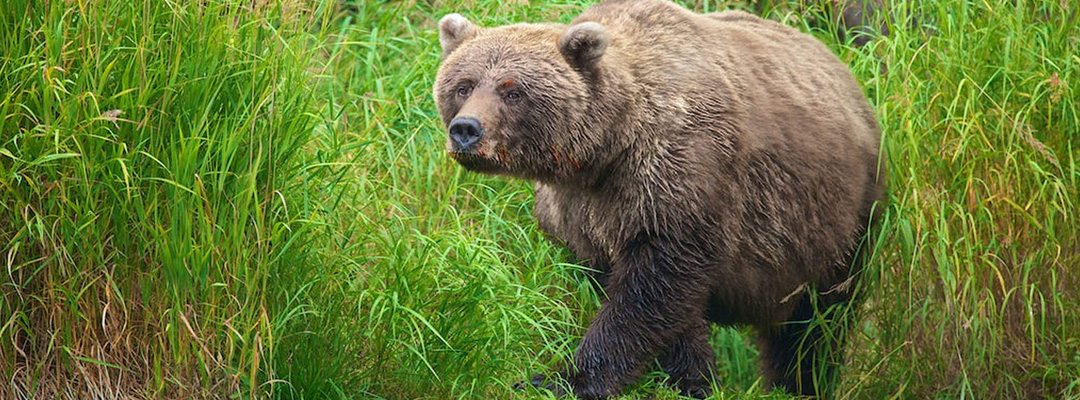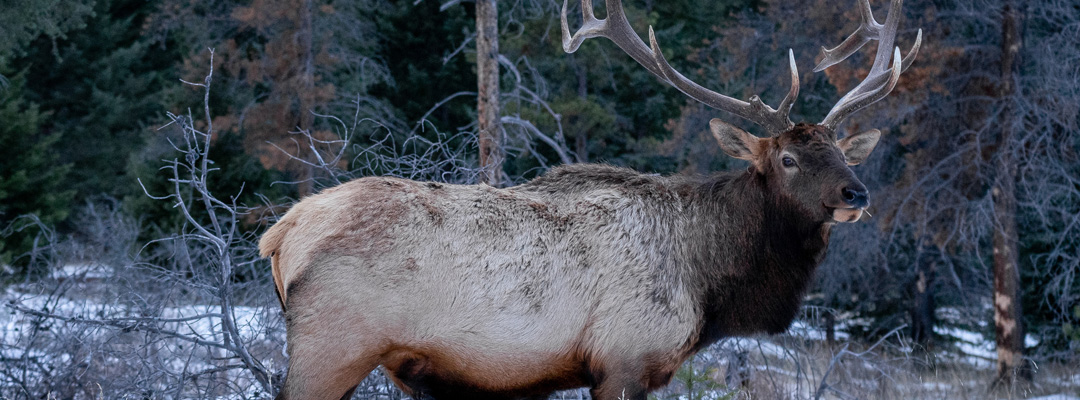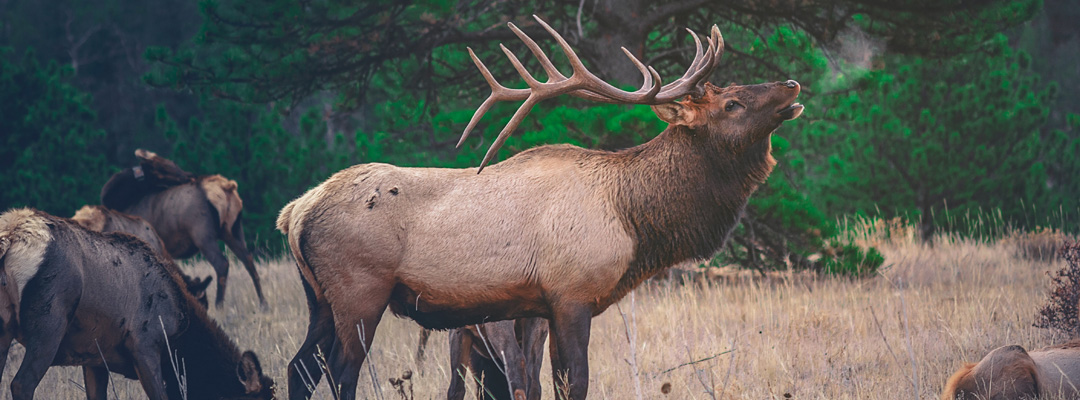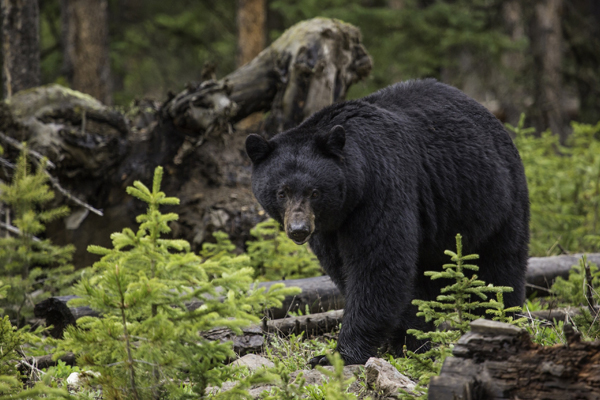
Black Bear
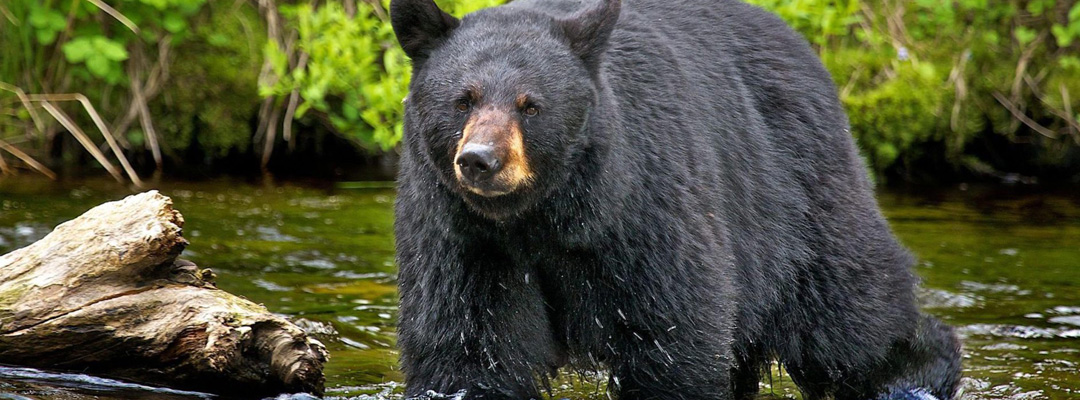
Interested in Hunting Black Bear?
When it comes to an adrenaline rush, hunting black bears will generate that factor in a hunter like no other big game can. Let’s not forgot the fact that the hunter could become the hunted; the experience of hunting a black bear will give the huntsman a new perspective and fascination.
Black bear meat is reveled in some circles and is an incredible source of protein for a superb meal. Besides the meat, black bear hides can be tanned, used for rugs or maybe even a coveted trophy statue. Whatever the goal is, black bear hunters will experience the ultimate outdoor adventure with an edge,
Black Bears are found within various regions of North America, from Canada through the United States and into Mexico. With a population of an estimated 750,000, over half of the black bear population resides within Canada, while the majority of the latter half inhabit the United States, and only 5% live in Mexico. Black bears are recognized for their ability to easily adapt to differing environments (though they prefer dense forests); this is, in part, due to their almost boundless appetites. Classified as omnivores, the black bear is able to survive off of plants, fruits, nuts, invertebrates, fish, and small mammals – whatever is most prevalent within their specific location, widely obtainable, and able to keep them satiated. Because of their adeptness when it comes to acclimation, they have inherited several common names, such as Glacier Bear and Cinnamon Bear; these bynames are also an outcome of their diversified appearances.

How to recognize the Black Bear.
Could it be through their ferocity? Think again. Although, bears in general are subjected to playing the part of the threatening character in many films and other forms of media, the black bear is actually exceedingly shy and not so much violent – they are more like a children’s Teddy Bear. Cases in which black bears have deliberately attacked humans, without the motive of protecting their cubs being present, are rare since they strive to avoid people – except in national parks since they are often given handouts of food from persons hiking through (food-conditioned bears can then be threatening). Black bears will become nervous and retreat; they will often times not submit to confrontation, with the exception of possibly scavenging the prey of a wolf and taking the kill as their own.
Beyond their disposition, the black bear holds an average weight of 100 to 300 pounds, maintaining a length of 5 to 7 feet, and measuring 2 ½ to 3 feet in height from the shoulder. In spite of their name, the black bear comes in a wide array of colors from black to dark brown, cinnamon to blonde, and even white. The black bear has an easily identifiable face with a longer snout, small dark eyes, rounded ears, short tail, and a large body; the paws have claws that allow the bear to climb and hunt. The black bear is a skillful swimmer and can reach speeds of 30 mph when running shorter distance, due to the fact that black bears can easily overheat. In addition, the black bear has the ability to be vocal, though will often stay quiet; growls can be used to fend off threats, while grunts are sometimes used to get the attention of a wandering cub.

When does mating season begin for the Black Bear?
Mating season varies and corresponds with the location of the black bear. Nonetheless, the typical mating season for the black bear is through the summertime, spanning from May to August; before then, black bears tend to prefer isolation. After a rather short gestation period of approximately two months, the cubs are born completely vulnerable and reliant; they are blind and weighing only ½ to 1 pound. One to three cubs are birthed at a time, though a mother bear may birth four cubs at once. The mother will nurse the young in the den and through the winter; a year and half will then be spent with the mother weaning the cubs and teaching them vital survival skills once they venture out of the den.
Do Black Bears hibernate?
Research suggests that black bears only partially hibernate. Black bears will create their dens within caves, tree trunks, thick brush, et cetera; they will then gather leaves and such to pack the bottom of their dens where they can spend up to 7 months in a deep sleep. However, the black bear can wake when cubs are threatened and/or the black bear is disturbed for any reason. And in warmer areas, such as the coastlines where some black bears roam, they will only hibernate for 5 months, if at all, when food is ample, and winters are calm. All in all, the black bear exemplifies notable attributes similar to other subspecies of bear but has individual tendencies and traits as well that make the black bear remarkable on its own.


